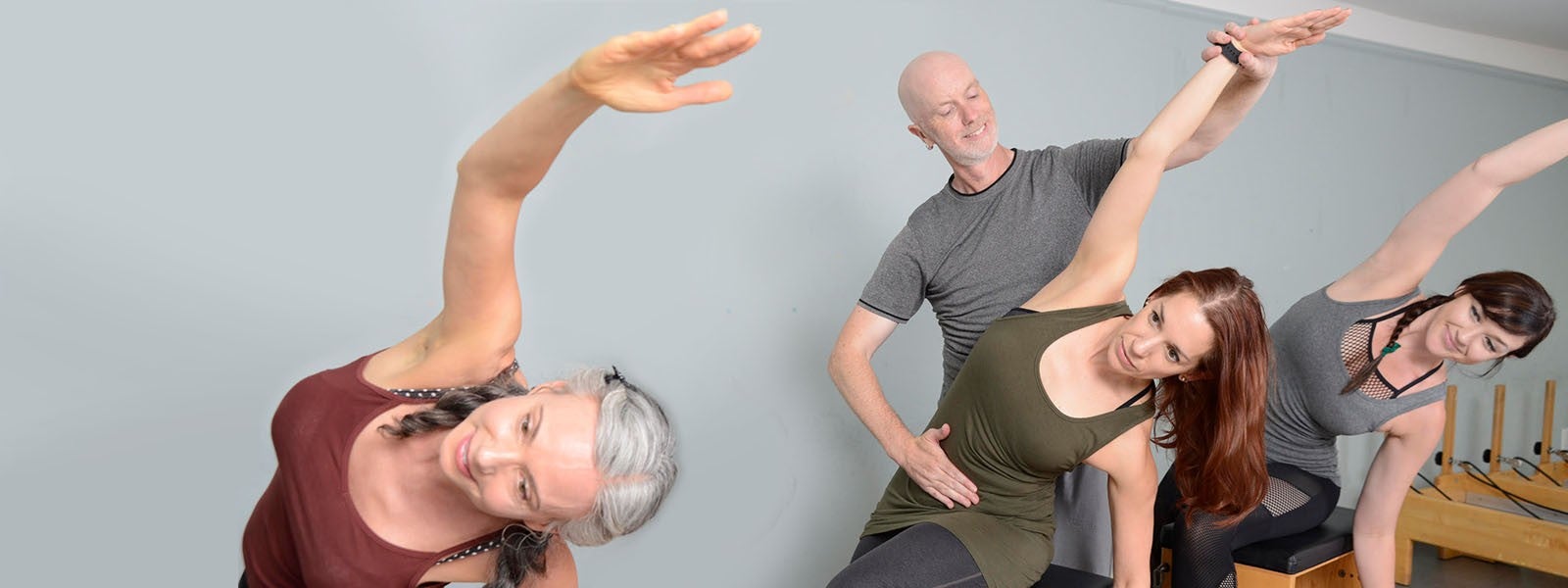
The Importance of Touch
In a world where we are used to hugging, shaking hands, and giving or getting a pat on the back, the pandemic-induced prohibition on touch has taken a toll on our mental and physical health. We are now over a year into the coronavirus pandemic with no clear ending date and people are craving physical connection. This is particularly true in the Pilates world, where giving and receiving tactile cues was taken for granted. How are Pilates teachers and their students coping and where do we go from here? Will we ever be able to experience and enjoy touch again?
Touch starvation is a real thing. We are wired to require touch, much as we are wired to need food. Touch starvation can increase stress, depression, and anxiety. Long term, it can also lead to post-traumatic stress disorder (PTSD). As Pilates teachers, we are used to communicating with our students via tactile cues. With studios either closed or operating under new, restrictive guidelines, tactile cueing is off the table. Instead, we are getting a crash course in how to connect using only our eyes and voices. At the same time, the global pandemic has made it more important for us to hold on to our community and maintain our sense of connection with others.
There are three common ways in which people learn: visually, verbally, and kinesthetically. Effective Pilates teachers vary how they give instruction, relying on the method that best suits the individual and/or group. One year ago, at the start of the pandemic, Pilates teachers were forced to adapt quickly as they transitioned their students to online learning, which was supposed to be temporary. Now, whether because of the convenience of Zoom classes or due to concerns about safety, it looks as if online learning is here to stay, at least in some capacity.
Control vs. Autonomy
I asked Pilates instructor and studio owner Blane Ashby of Studio Bam Pilates in Portland, Oregon and San Francisco, California, about the effects of not being able to rely on touch for a year. “I do feel less connected to my clients and students now that all of my interactions have been virtual,” Ashby says. “The physical proximity has a certain energy to it that I miss dearly. I’ve also had to let go of some control on how my clients execute movement. That’s not inherently a bad thing. I think it gives them a sense of autonomy and responsibility,” he adds.
Teaching habits are hard to break. When Ashby taught his first in-person client in a year, on March 22, 2021, he had to stop himself from reaching out and providing a tactile cue. That tap on the shoulder or firm hand on the lower back is off-limits, at least for now.
Stronger Verbal Cues and Imagery
For Gwen Head, a Pilates instructor based in Minneapolis, not being able to touch clients has actually helped her group class cueing. “Hands-off cueing has increased my confidence as an instructor,” she says. “Clients are more confident in getting into position instead of waiting for me to come and assist. They are listening more and seem more open to making mistakes knowing I’ll find a way to talk them back into position.”
Nannette Crystal, Pilates instructor and owner of Esprit Pilates Louisiana in Gonzalez, Louisiana has shifted her focus to simple cueing, foundational work, and visualization (use of imagery). While she admits to being exhausted from too much verbal cueing in the first couple of months of the pandemic, both she and her clients have seen an improvement in the quality of breathing, which translates into an improvement in movement. While some of Crystal’s clients report missing the tactile cues, others are embracing their newfound autonomy.
Looking Ahead
As COVID-19 cases decline and the pace of vaccinations picks up, clients and teachers should be able to practice face-to-face and reap the benefits of touch once again. Those benefits are not solely related to executing a more perfect Teaser. For some students, touch confers emotional and mental benefits, not simply physical ones. One of my students told me recently that she continues to take Pilates classes not just because of how the physical exercise makes her feel, but because of the sense of camaraderie with her fellow classmates. “I miss the hugs and the interaction between classes,” she says. “I miss having teachers reach over and help adjust my position. The people at the studio have become my tribe.”
There is a lot to be learned from this unexpected shift in our industry. When we return to the studio, we will show up with new skills and open minds, as well as grateful if battle-scarred students. I think it’s safe to say that we could all use a hug.
What are you most looking forward to when you are back in the studio? Let us know in the comments below.
Comments
No comments yet. Be the first!
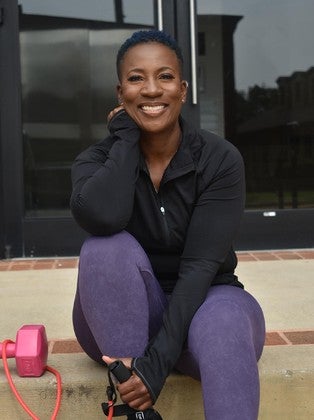
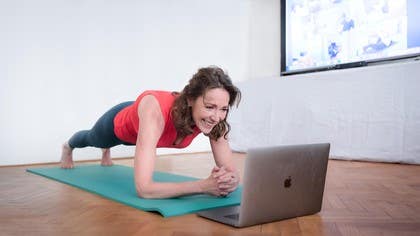

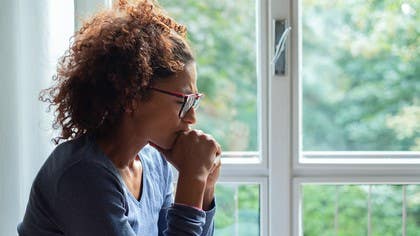

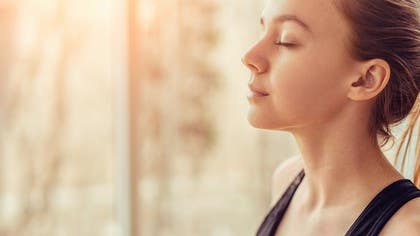




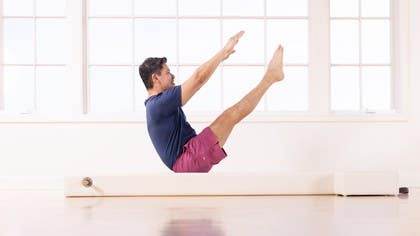


You need to be a subscriber to post a comment.
Please Log In or Create an Account to start your free trial.